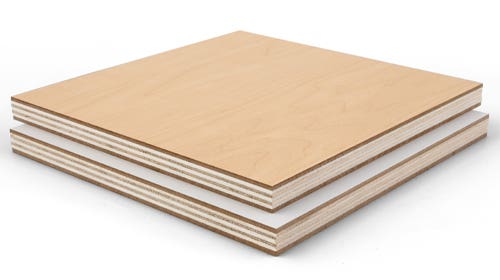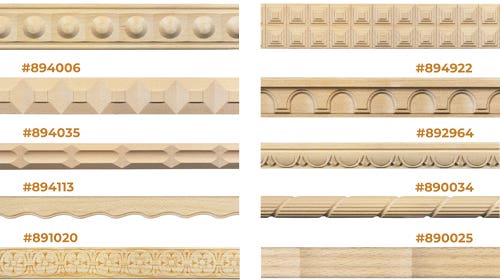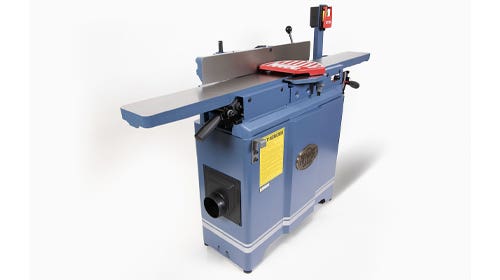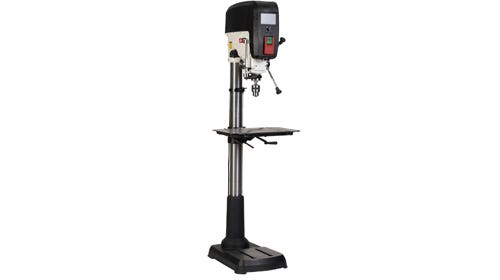Violin maker hits all the right chords
Bostonian Marco Coppiardi recently completed and sold a unique Golden Period Stradivarius replica to a local family {loadposition position10} There is a science to building a violin that even the…
Bostonian Marco Coppiardi recently completed and sold a unique Golden Period Stradivarius replica to a local family
{loadposition position10}
There is a science to building a violin that even the most seasoned woodworkers find challenging. The instrument must be harmonic, lightweight and strong. Marco Coppiardi, an Italian-born violin maker with a shop in Boston, is a master of the trade who recently created a precise replica of a Golden Period (1700-1720) Stradivarius violin.
The piece took a year to make and, upon completion, was purchased by the family of a 12-year-old violin student attending the Chenery Middle School in Belmont, Mass.
"It has been extremely gratifying to craft this instrument using the method, materials and techniques of the great Cremonese violin-making masters, and to see it in the hands of its new owner," says Coppiardi.
Coppiardi was born in Cremona and learned to build string instruments as a teenager. He later attended the International Violin Making School, also in Cremona. The northern region of Italy was graced by the early-1700s works of Antonio Stradivari, a man now recognized as the history's most talented violin maker.
In 1992, Coppiardi moved to the U.S. to study music and to build violins, cellos and violas for a vocation. He also does restoration work for a small group of musicians from the Boston Symphony Orchestra and New England Conservatory.
Each violin Coppiardi builds goes through a process he calls the "cornerstone four points" approach. The first point entails the same method of designing used in the Golden Period. The second point has to do with using the same tools - chisels, gouges and files - and implementing the same techniques from that time period. The third point is using the same materials from that period, which is where the process gets tricky, says Coppiardi.
"Most of the wood used in the 1700s was harvested at a certain altitude and now it's no longer available. So I've gone to great lengths to find the right wood, which is spruce for the top of the violin, and maple for the back, sides and the neck," says Coppiardi, who obtains premium materials from Italy and parts of the former Yugoslavia.
The fourth point entails varnishing. Coppiardi creates varnish based on the traditional Cremonese formula of mixing melted resins with linseed oil, and built the instrument's ribs around a specially designed internal mold. The varnish has a direct connection to the sound the violin produces, he says.
"For a long time, the secret of Stradivari has been thought of being related to the varnish, and there's some truth to that, because a violin without varnish will sound loud, and will not have a beautiful sound. So the varnish is the filter to allow certain resonance, certain harmonics to achieve that quality and sound."
Coppiardi is the recipient of a "Best Craftsmanship" award from the Violin Society of America, and has also crafted a viola for Crown Prince Naruhito of Japan.
Contact: Marco Coppiardi, 280 Newbury St., Boston, MA, 02116. Tel: 617-262-0062. www.italiastrings.com
This article originally appeared in the October 2009 issue.







